Employment Trends Australia 2020
Staying across the trends and trials of the gig economy will enable. Top five workplace trends for 2020.
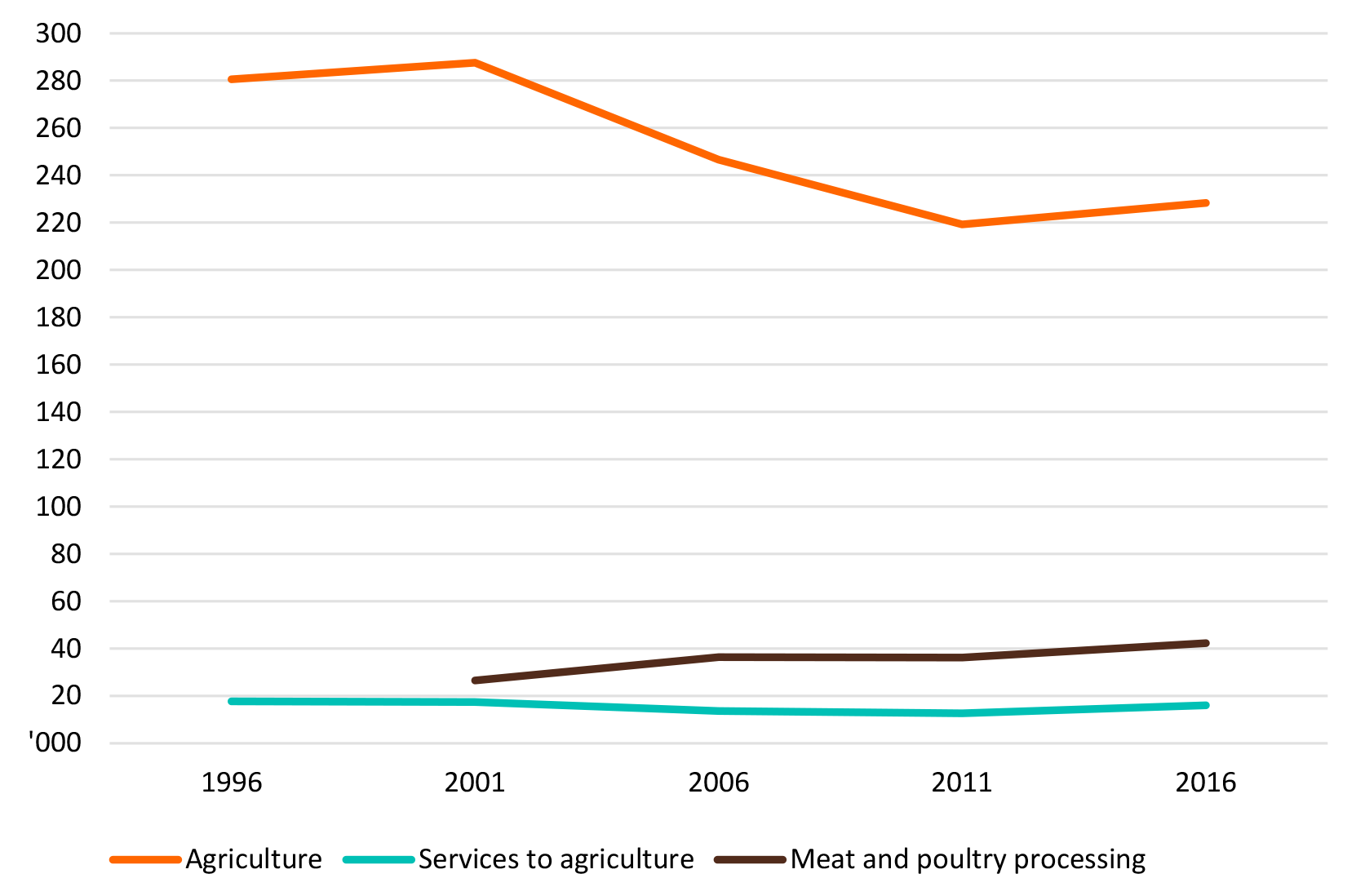
Trends In The Australian Agricultural Workforce Department Of Agriculture
This publication provides an overview of trends in the Australian labour market to support job seekers and employment service providers career advisers those considering future training and work and people interested in labour market issues.
Employment trends australia 2020. Australian industries predicted to see the biggest declines in employment levels. Employment Trends in 2020 HR professionals in 2020 will be under immense pressure to stay on top of the latest trends and future-proof their workplace. Heres what we should expect to see in 2020.
There is a proven link between employees being productive and employees being happy. According to the Australian Bureau of Statistics the unemployment rate in Australia is at 74 per cent as of June 2020. As far as careers in Australia go the picture for 2019 has been positive.
The public sector saw thousands of job ads go up. Australias hardest-to-fill roles in 2020. The Australian Government Treasury has reported that this represents approximately 30 of private-sector employment in Australia as at February 2020.
Its reminiscent of the Great Depression when the global economy was in dramatic turmoil and the unemployment rate peaked at 249. The public sector will keep employment afloat. Pew Research Center 2020 Economists all agree that this is the most severe case of unemployment to date.
Snapshot of employment by industry a March 2019 to March 2020 trend a Industry of main job most hours usually worked. B Based on the Australian and New Zealand Standard Industry Classification ANZSIC 2006 R20 cat. Employment growth was propped up by roles in the public sector in 2019 with thousands of jobs advertised throughout the year.
The rise in workers seeking less-traditional employment arrangements is expected to disrupt the way both employees and organisations work. Australias gig workforce is on the rise and 2020 will be monumental in terms of pathing the way for an empowered contingent workforce. Welcome to the 2020 edition of Australian Jobs.
In seasonally adjusted terms in March 2020. ABS Labour Account Australia March 2020 cat. As 2020 approaches SEEK examines its employment and salary patterns during 2019 and shares anticipated key trends that could define the coming year.
Looking forward we estimate Employment Rate in Australia to stand at 6260 in 12 months time. District Court awards 300K to employee dismissed two days before redundancy. Employment Rate in Australia is expected to be 6280 percent by the end of this quarter according to Trading Economics global macro models and analysts expectations.
The line graph shows employment trends for the period 1978 to 2018 for the working age population by all persons males and females. Career trends in Australia the big picture. This will lead to new jobs being created and new skills may be needed for existing jobs.
Employment was 161600 people 12 higher than March 2020 Flows into and out of employment The net sum of the inflows and outflows does not necessarily equal the net employment growth. While the number of employees in receipt of JobKeeper has been subject to debate it is understood that approximately 35 million workers benefited from a JobKeeper payment over the April to May 2020 period. Australian industries predicted to see top increases in employment levels.
Public sector holding up employment. Full-time employment decreased by 400 to 8877440 and part-time employment increased 6400 to 4135560. To help you with your questions SkillsTalk take a detailed look at career trends in Australia for 2020.
Not least because its harder than ever to hire right now with a distinct lack of people actively looking for a new job. Since mid-2009 the employment rate has moved between a low of 71 and a high of 74 Figure 1. Four tips for employers to navigate Australias rollout.
3 Australian job market trends and how to increase employability During the turbulence of COVID-19 the job market has taken a severe hit. 22000 more people in Australia have been in work than a year ago and unemployment. Over the year to March 2020 full-time employment increased by 91700 people and part-time employment increased by 136000 people.
61 rows Unemployment refers to the share of the labor force that is without work but available for and. Australian jobs are changing as new technologies are introduced businesses find new ways of working and as we respond to challenges like COVID-19. How candidates handled COVID-19s impact Find out the challenges faced by Australian workers and candidates in 2020 and what they mean for employers.
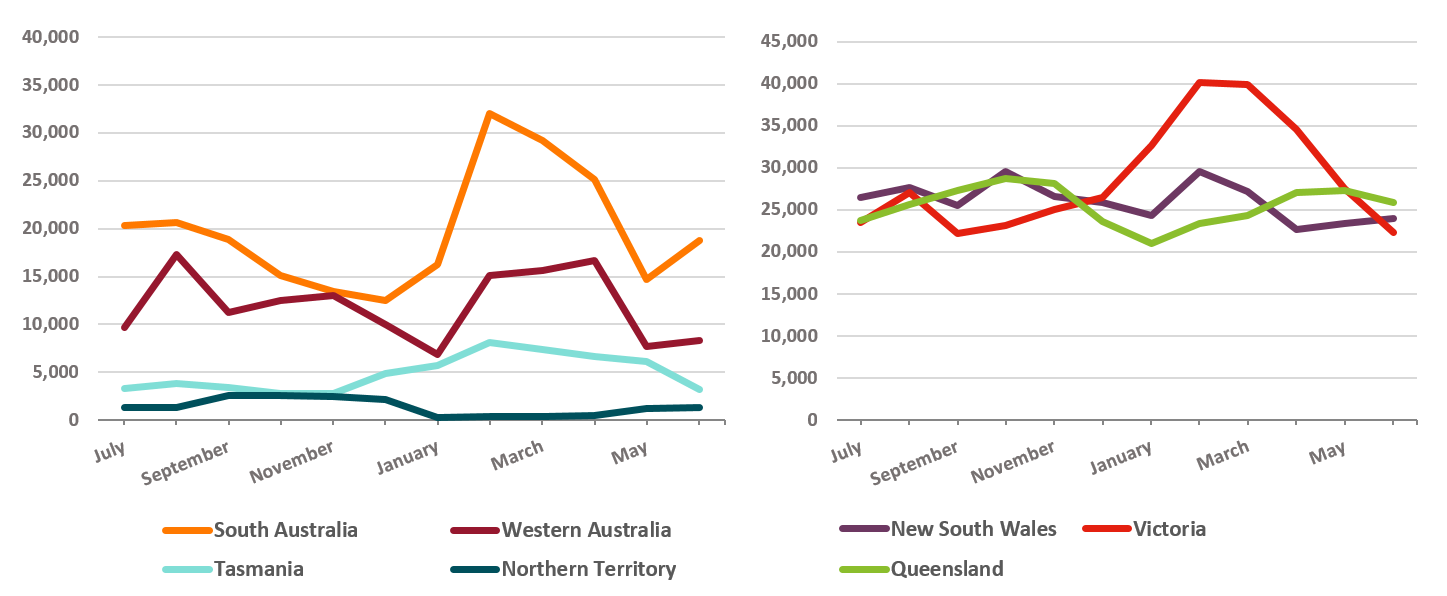
Labour Use In Australian Agriculture Department Of Agriculture
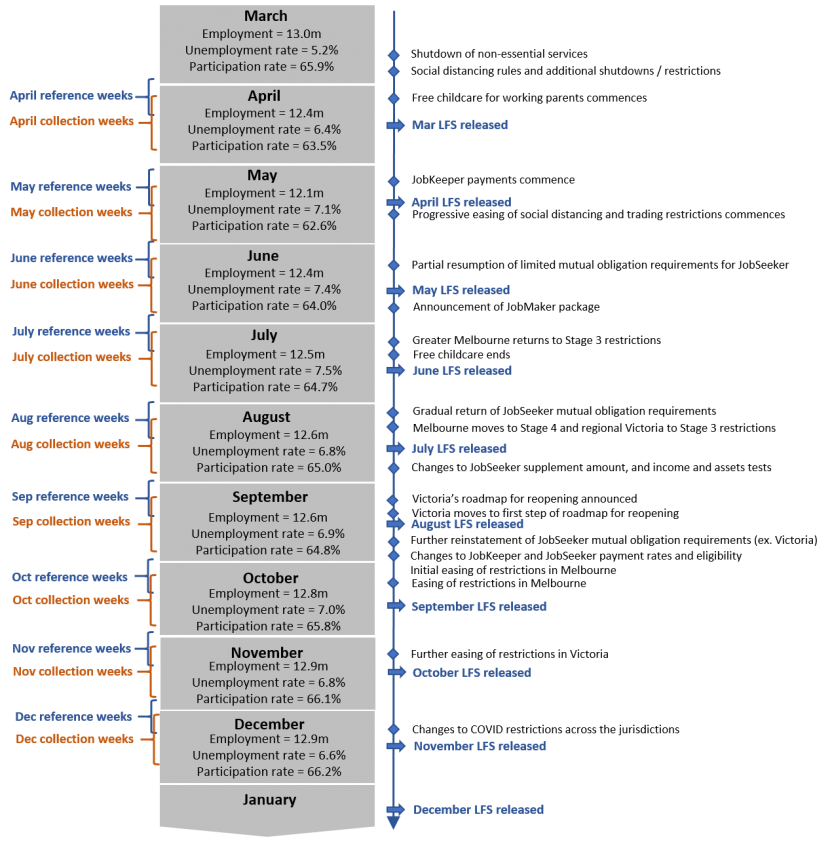
Labour Force Australia December 2020 Australian Bureau Of Statistics
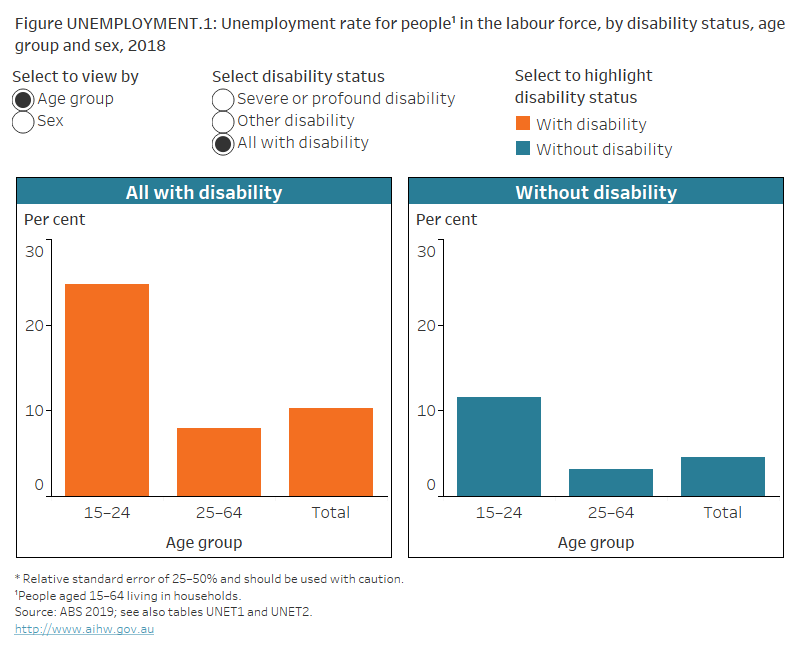
People With Disability In Australia Unemployment Australian Institute Of Health And Welfare

Skills Technology And The Future Of Work Speeches Rba
Unemployment Rates Oecd Updated April 2021 Oecd
Employment In Australia Parliament Of Australia

People With Disability In Australia Unemployment Australian Institute Of Health And Welfare
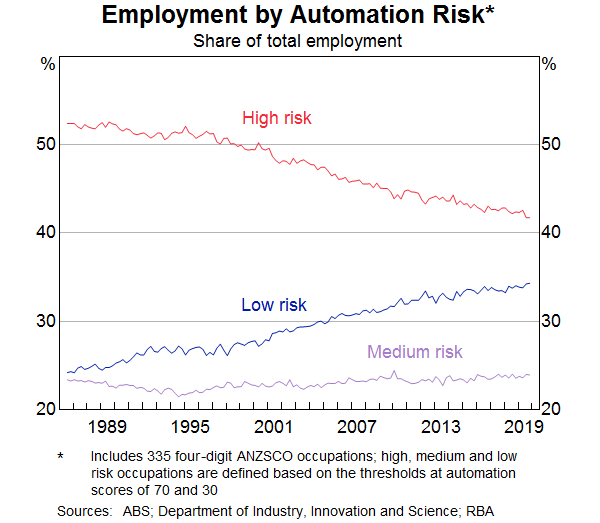
Skills Technology And The Future Of Work Speeches Rba
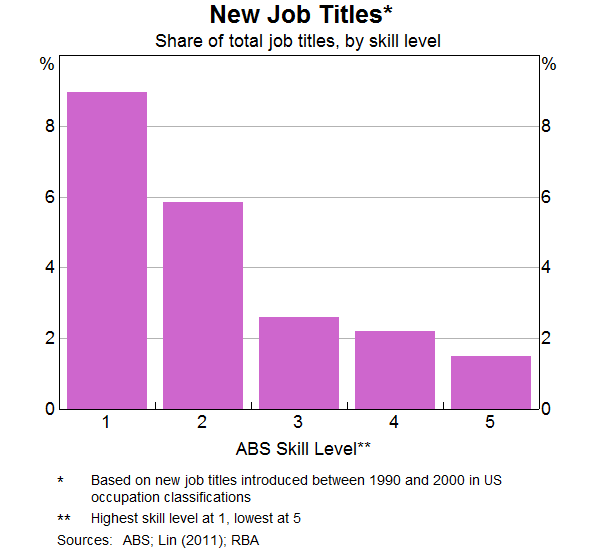
Skills Technology And The Future Of Work Speeches Rba
Economic Outlook Statement On Monetary Policy August 2020 Rba

Construction Industry Facts Updated 2020 Back To Basics

Australia Unemployment Rate 2026 Statista
Employment In Australia Parliament Of Australia
Employment In Australia Parliament Of Australia
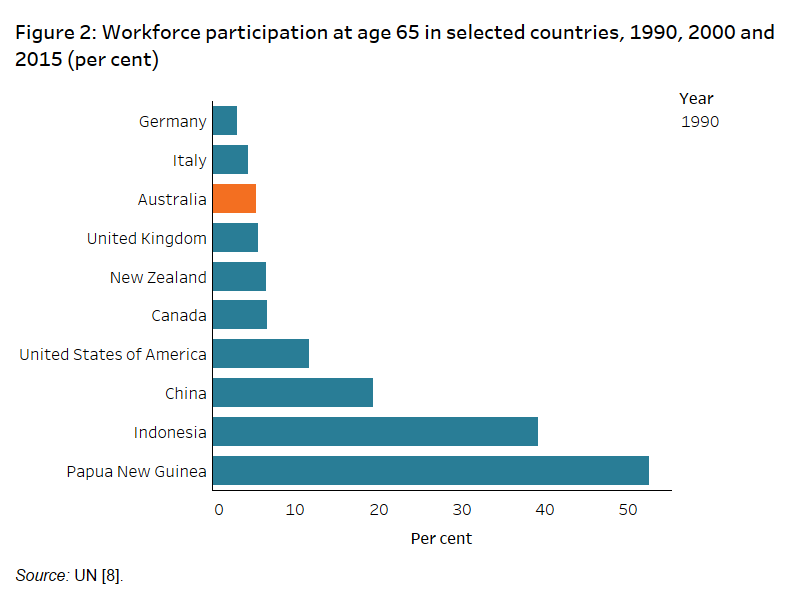
Older Australia At A Glance Employment Economic Participation Australian Institute Of Health And Welfare

Labour Force Australia September 2020 Australian Bureau Of Statistics
Employment In Australia Parliament Of Australia
Employment In Australia Parliament Of Australia
Australia S Youth Covid 19 And The Impact On Young People Australian Institute Of Health And Welfare


Post a Comment for "Employment Trends Australia 2020"